Vietnam one of the countries with the highest trade openness in the world
| Overcoming the challenge of rules of origin to make good use of CPTPP | |
| Vietnam likely to enjoy 10 billion USD trade surplus this year | |
| Vietnam, China look towards stronger trade ties |
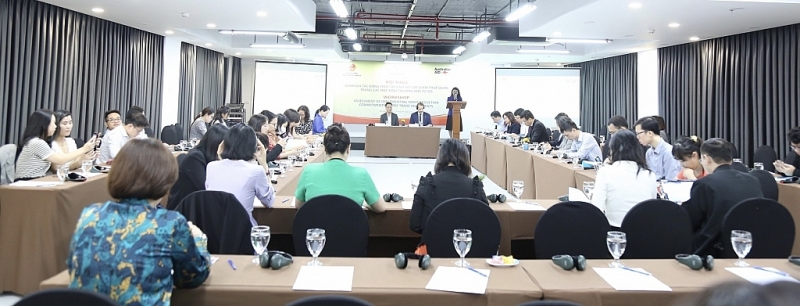 |
| The workshop |
14% of businesses understand and apply commitments in FTAs
Speaking at the opening of the workshop, Mr. Pham Anh Tuan, Deputy Director of the International Cooperation Department, Ministry of Finance, said that Vietnam is a member of 15 new-generation free trade agreements. These are partners accounting for more than 80% of Vietnam's trade.
The Ministry of Finance is the agency in charge of implementing commitments on special preferential export tax and import tax in FTAs. 2022 is the time when the Ministry of Finance advises the Government to issue decrees, including commitments on tax reduction in FTAs.
To advise the competent authorities to have complete information and theoretical and practical assessments on the implementation of tariff reduction commitments in FTAs, the review of the impact of the implementation process of commitments and the effectiveness of the implementation of written commitments on tariff reduction is very important to prepare for the issuance of new documents.
The Ministry of Finance organized a workshop to assess the impact of tariff reduction commitments in free trade agreements to convey the results of research and assessment of experts, and transfer technology and knowledge about future assessment.
At the workshop, sharing an overview of the implementation of import and export tax commitments in the FTAs, Ms. Nguyen Phuong Linh, Head of Multilateral Integration Policy Division, the International Cooperation Department (Ministry of Finance) said that, with participation in 15 FTAs, Vietnam's economy has a high trade openness.
In addition to providing information related to the system of 15 FTA to which Vietnam is acceded such as ASEAN Trade Agreement; ASEAN - China; ASEAN - Korea; ASEAN - Australia - New Zealand; ASEAN - India; ASEAN - Japan; Vietnam - Japan; Vietnam - Chile; Vietnam - Korea; Vietnam - LMKTAA; CPTPP; ASEAN – Hong Kong, China; Vietnam – European Union; RCEP; Vietnam - UK, Ms. Nguyen Phuong Linh also provided information on Vietnam's joint commitments on market opening in FTAs.
Accordingly, out of 15 ongoing agreements, four have completed their commitments on market opening, including ASEAN Agreement (2018); ASEAN - China (in 2020); ASEAN - Korea (in 2021); ASEAN - Australia - New Zealand (in 2022).
As a result, with the ASEAN Agreement, the rate of tariff lines reduced to 0% in 2018 is 98%; by 2020, the rate of tariff lines reduced to 0% in the ASEAN - China Agreement of Vietnam is 90%, of China is 86%; the rate of tariff lines to 0% of the ASEAN - Korea Agreement in 2021 is 87% and in the ASEAN - Australia - New Zealand Agreement in 2022 is about 90%.
At the workshop, Ms. Nguyen Phuong Linh also mentioned information about the commitments of partners in the FTA ASEAN and ASEAN+; commitments of countries in the CTTPP; commitments in the RCEP agreement, and comparison of the growth rate of Vietnam's export turnover and some countries; import-export growth and GDP of Vietnam; rate of use of preferential tariffs by countries; rate of using preferential tariffs of Vietnam's export goods.
Regarding the understanding of FTAs of businesses, the representative of the International Cooperation Department said that about 14% of businesses understand and apply commitments in FTAs, 12% understand all of the contents and up to 63% only understand some of the contents of the commitments.
Increase exports of processed and manufactured products and reduce raw exports
At the workshop, Dr. Le Quang Thuan, Aus4Reform expert, said that the implementation of FTAs has two main impacts, which are static impact with two main forms of trade creation and trade diversion, and dynamic impact with three main forms of expanding markets, promoting competition, and attracting investment.
Regarding factors affecting the results of FTA implementation, expert Le Quang Thuan said that the results of FTA implementation are affected by many factors including awareness of enterprises and officials and civil servants in the state organizations; institutional, legal framework, macroeconomic policy framework in the country; management and administration capacity of the Government and the management and support of state management agencies for enterprises; characteristics and level of economic development of the country; adaptability of enterprises, competitiveness; cooperation and association between domestic enterprises; world political and economic context and the adjustment of strategies and policies of countries.
“In which, enterprises' awareness of commitments in FTAs and opportunities that FTAs bring is a very important factor to be able to realize opportunities. The State is only the subject of negotiations to make commitments, while enterprises are the subjects to seize and take advantage of those opportunities, turning them into reality, so the awareness of enterprises is key,” said Mr. Le Quang Thuan.
At the workshop, expert Le Quang Thuan also shared information about the assessment of impact of the implementation of FTAs that Vietnam participates in by a group of partners and by main commodity groups.
Specifically, for the Chinese partner, Dr. Le Quang Thuan said, imports from China (in the period 2018 - 2020) reached more than US$84 billion per year, accounting for more than 30% of Vietnam’s total imports and in 2021 US$109 billion.
China is the market recording the highest growth rate of all the markets participating in the FTA with an average of 13% per year. The main imported goods from China are machinery, equipment, computers, phones, fabrics, iron and steel, plastics, leather and footwear materials. The trade deficit between Vietnam and China increased from US$24 billion in 2018 to US$35 billion in 2019.
For the Japanese market, imports from Japan accounted for about 7% of Vietnam's total import turnover. The value of goods imported from Japan in the period 2018-2020 always grew positively, but gradually decreased over the years, averaging 6%/year.
For ASEAN partners, the import value of goods from ASEAN in Vietnam's total imports decreased gradually, from 14.4% (in 2015) to 13.1% (in 2018), 11.6% (in 2020) and to 12.4% (in 2021).
Assessing the impact of the implementation of tariff reduction commitments in FTAs, Dr. Le Quang Thuan said, the import-export structure shifted towards increasing exports of processed and manufactured products and reducing raw exports; imported commodities are mainly necessities for production, export and investment projects in the fields of energy and electronics.
Furthermore, the ratio of import-export turnover over GDP doubled. Accordingly, Vietnam has become one of the countries with the highest trade openness in the region and in the world.
 | A lot of opportunities for Vietnamese goods to enter the EU market |
Besides, the trade balance has gradually reached a surplus. However, Dr. Le Quang Thuan also said that there has been a high surplus with the US and EU; and large deficits with China, Korea, and ASEAN.
Dr. Le Quang Thuan also said that export activities depend a lot on FDI enterprises, and imported raw materials for export production. Moreover, there has not been a clear shift in the import and export structure.
Related News
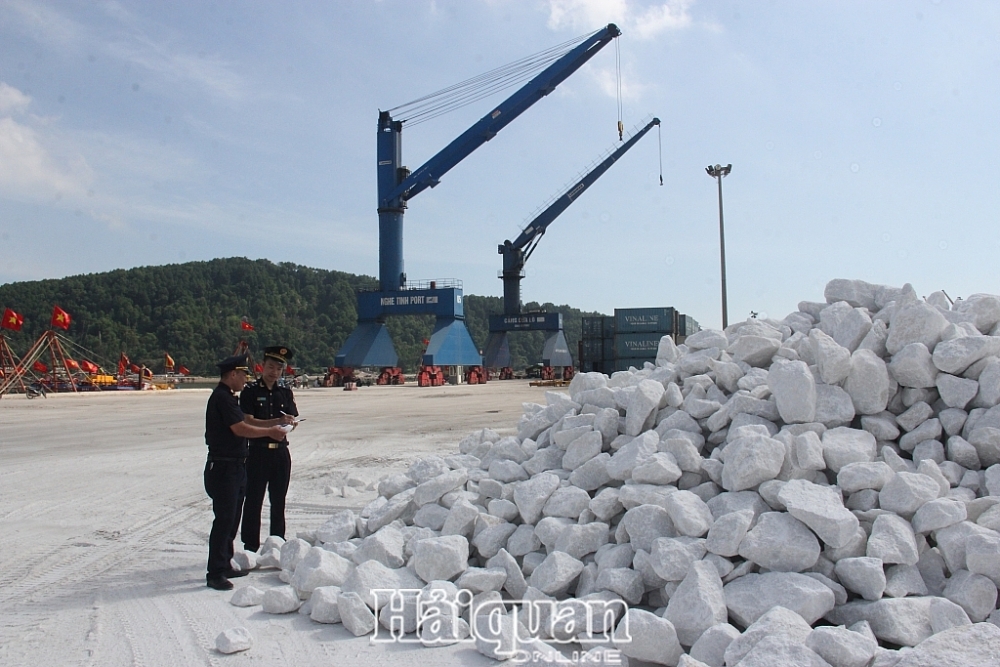
Export tax rates of 13 commodity codes to increase to 20% from January 1, 2025
13:46 | 28/12/2024 Regulations
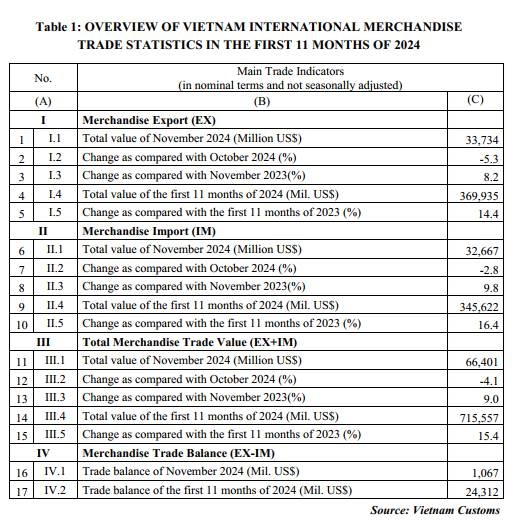
Preliminary assessment of Vietnam international merchandise trade performance in the first 11 months of 2024
10:50 | 27/12/2024 Customs Statistics
Latest News

Banks still "struggling" to find tools for handling bad debt
13:47 | 28/12/2024 Finance

Forecast upbeat for banking industry in 2025
14:30 | 27/12/2024 Finance

Ensuring financial capacity of bonds issuers
11:09 | 26/12/2024 Finance

Finance ministry announces five credit rating enterprises
14:54 | 25/12/2024 Finance
More News
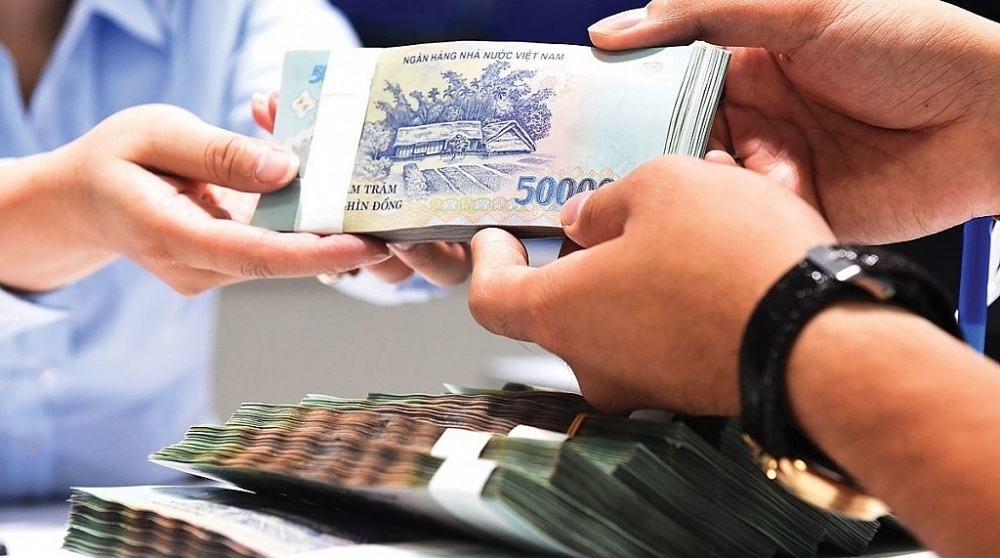
The capital market will see positive change
09:44 | 25/12/2024 Finance

Corporate bond issuance value rises by 60 per cent
13:51 | 24/12/2024 Finance
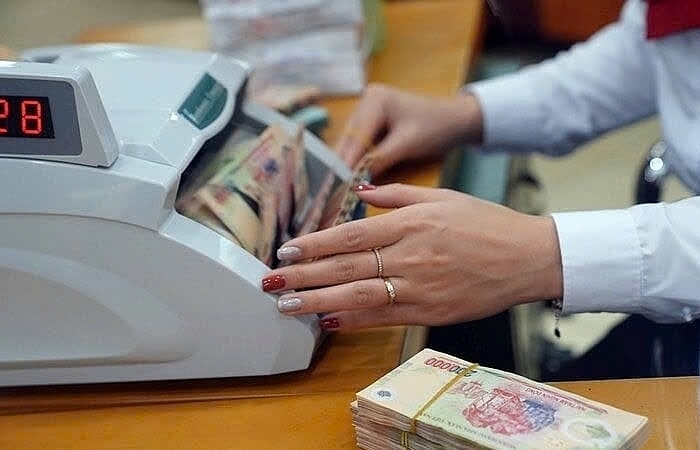
Slower mobilization than credit may put pressure on interest rates
09:02 | 24/12/2024 Finance

Fed’s foreseen rate cuts affect foreign exchange rate
14:12 | 23/12/2024 Finance
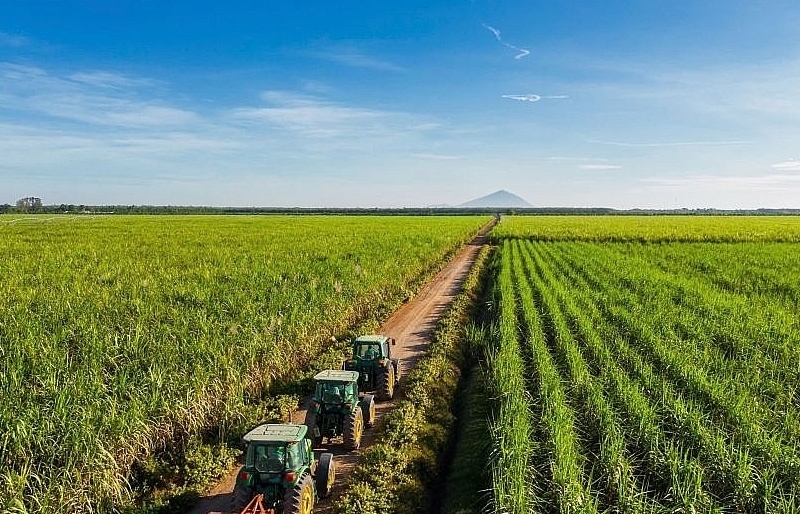
Untying the knot for green finance
11:08 | 23/12/2024 Finance
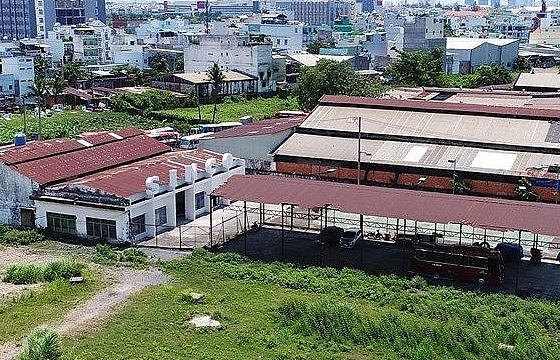
Ensuring efficiency and transparency in use and management of houses and land at State enterprises
13:54 | 22/12/2024 Finance
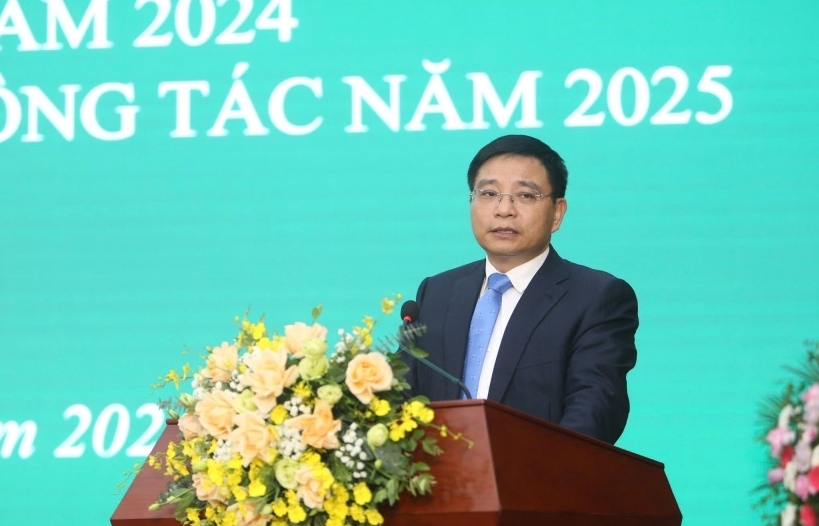
Vietnam's stock market to develop strongly and sustainably
19:08 | 21/12/2024 Finance

Tax sector achieves revenue target of about VND1.7 million billion
18:32 | 21/12/2024 Finance
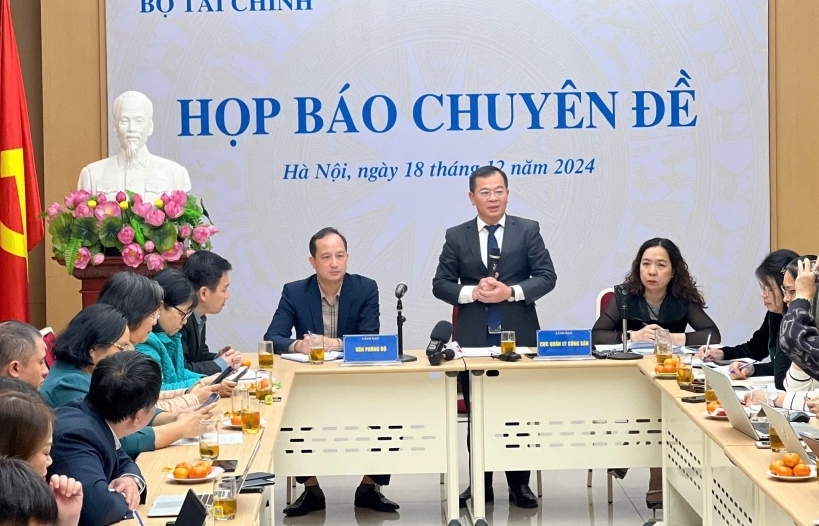
General inventory of public assets raises efficiency of use and management of country's resources
09:29 | 20/12/2024 Finance
Your care

Banks still "struggling" to find tools for handling bad debt
13:47 | 28/12/2024 Finance

Forecast upbeat for banking industry in 2025
14:30 | 27/12/2024 Finance

Ensuring financial capacity of bonds issuers
11:09 | 26/12/2024 Finance

Finance ministry announces five credit rating enterprises
14:54 | 25/12/2024 Finance

The capital market will see positive change
09:44 | 25/12/2024 Finance




